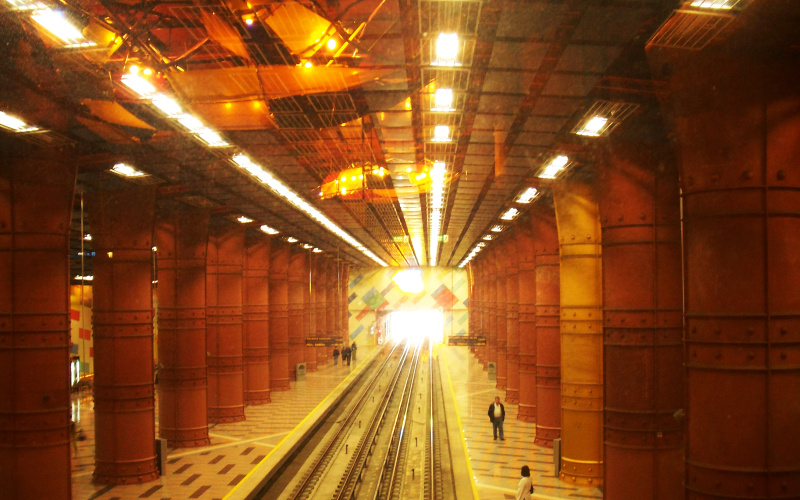Dimitri Liebsch: Once Upon a Time On Iwo Jima
Questions On Fiction, Document(ary) & Two Flags
- Erstellungsdatum
- Dauer
- 22:56
Beschreibung
The starting point of my paper is a concrete ‚event’ at the turning point in the pacific war, namely the raising of the US-American flag on the Japanese island Iwo Jima on February 23, 1945. For a discussion of fiction and document(ary) the circumstances of the ‘event’ itself as well as a multiplicity of its visual and multimodal representations are particularly fruitful. The ‘event’ – if one really wants to use the singular – practically happened twice on the same day: the smaller first flag was replaced a few hours later through a second bigger flag. And the representations span from the first photograph taken that day by Louis R. Lowery to the very recent Netflix-series »The Man in the High Castle«.
Both leads us to such questions as: Is Louis R. Lowery’s photograph, which by the way is almost completely unknown, a documentary one although the symbolic occupation of Japanese territory was not only ideologically charged but was, in fact, already staged? In order to use a differentiation of Plantinga (2009): Of what is and what represents Joe Rosenthal’s picture, the Pulitzer Price winning photograph of the second, larger flag? If we compare this iconic picture with the film that lasts only a few seconds and that Billy Genaust has filmed simultaneously and almost from the same angle, what do we learn about the notorious attempt to elucidate the relationship between film and reality out of the medium of photography, allegedly the most realistic of all media? The Native American Ira Hayes, one of the six soldiers to hiss the second flag, plays himself in »Sands of Iwo Jima«, a 1949 Hollywood film with John Wayne. Is this a “trace” in Currie’s (1999) sense, which authenticates the film? And in which sense can the 1961 film »The Outsider«, in which a white actor in horrible makeup (Tony Curtis) plays the Native American Ira Hayes, be seen as a document? Similarly, can Clint Eastwood’s »Flags of Our Fathers« (2006) be seen as a documentary? And last not least: how can we explain the reversal of Genaust’s historical footage (depicting the raising of the second flag) into something fictional in the series »The Man of the High Castle« – is this a break with the “presumptive assertion“ (Carroll 2008)?
In short, my paper does not devote itself to Grand Theory but rather argues that it is the dialectics between “piecemeal theorizing“ (Carroll 1996) and a specific corpus of visual and multimodal representations that leads to the most productive and deep insights. I will thus explore what the concepts of such theorizing add to comprehending this corpus as well as in which way this corpus constitutes a challenge for such a theorizing or even challenges it altogether.
